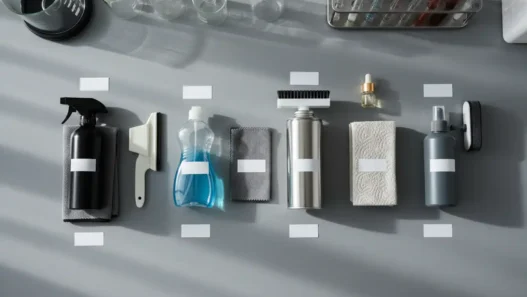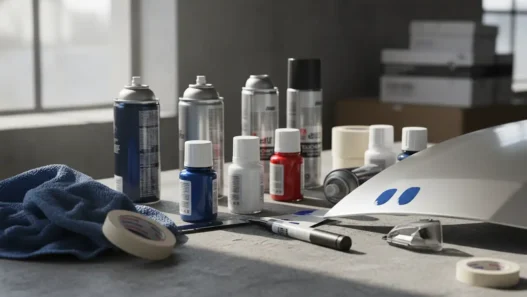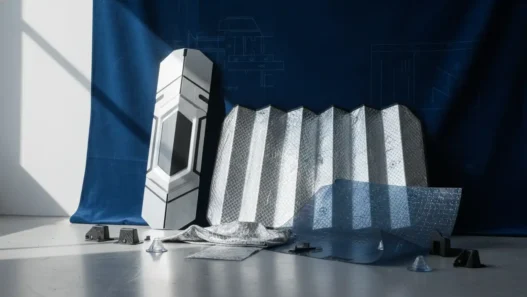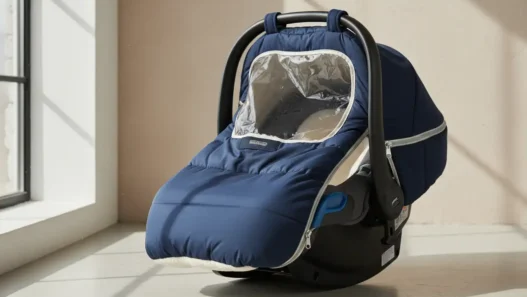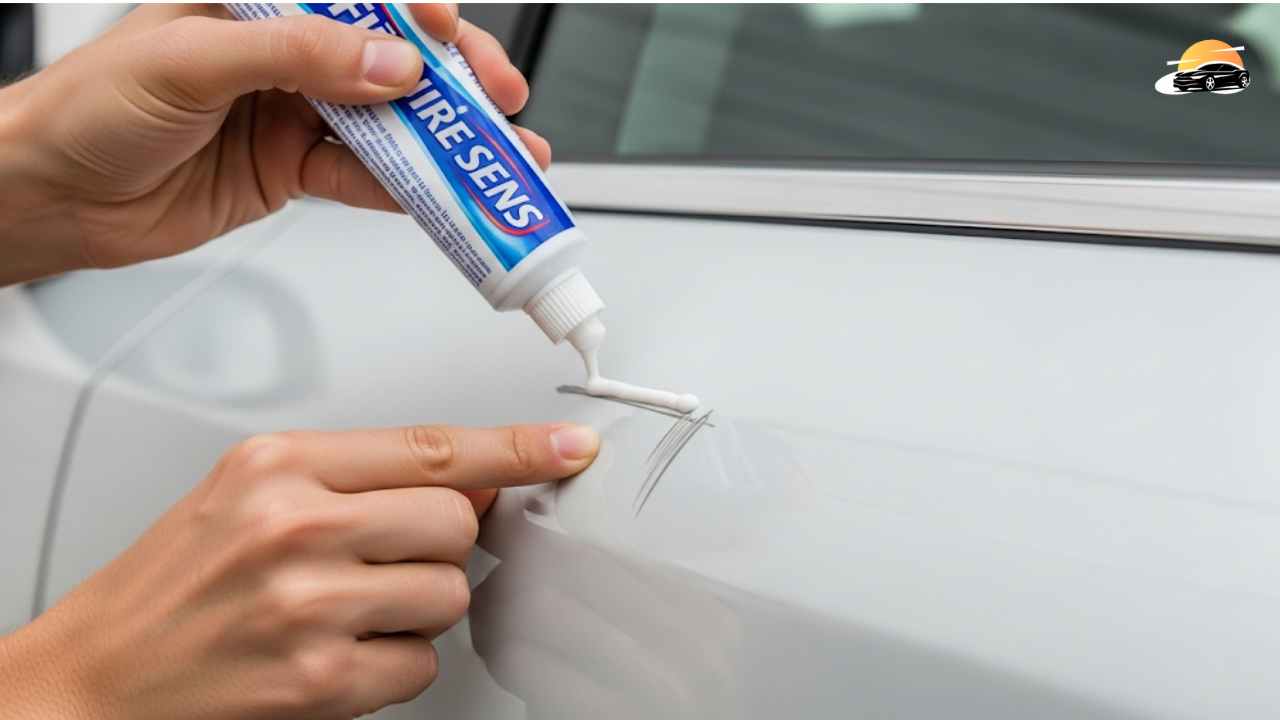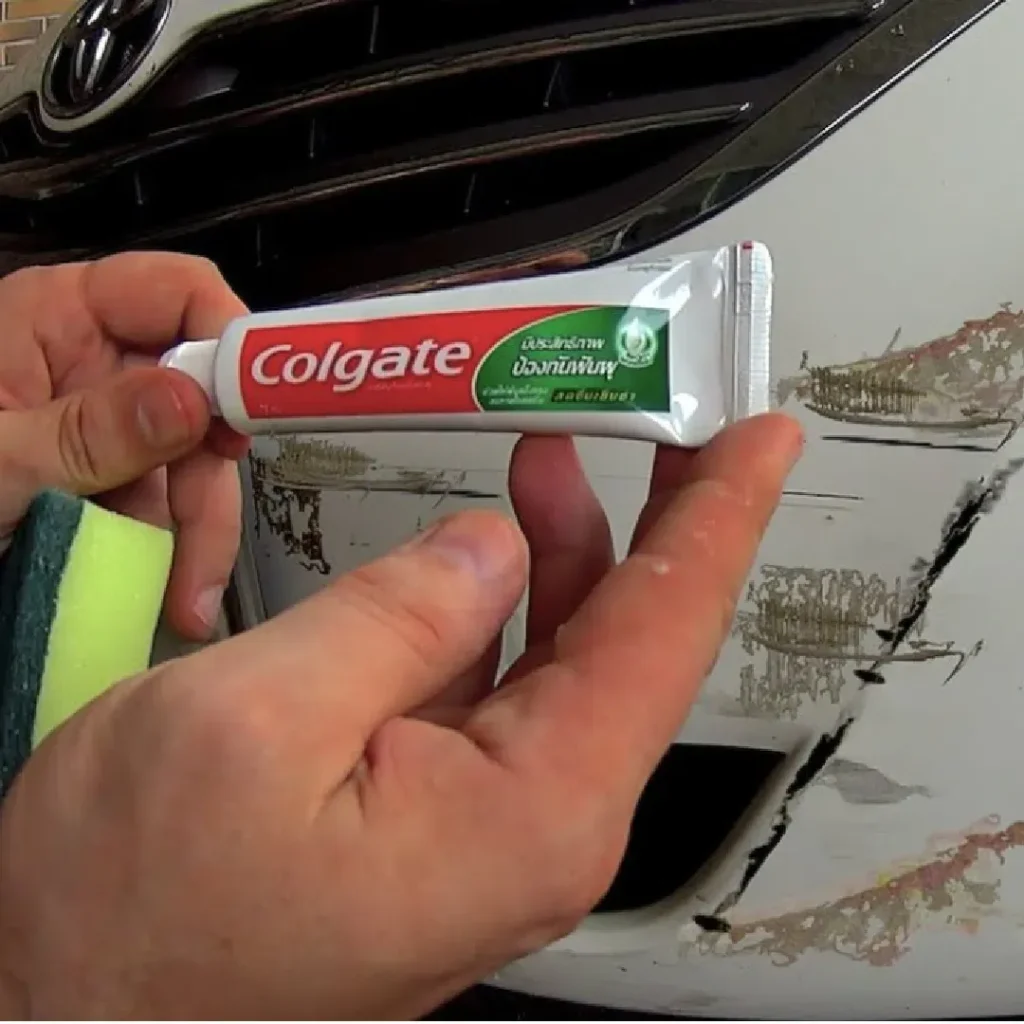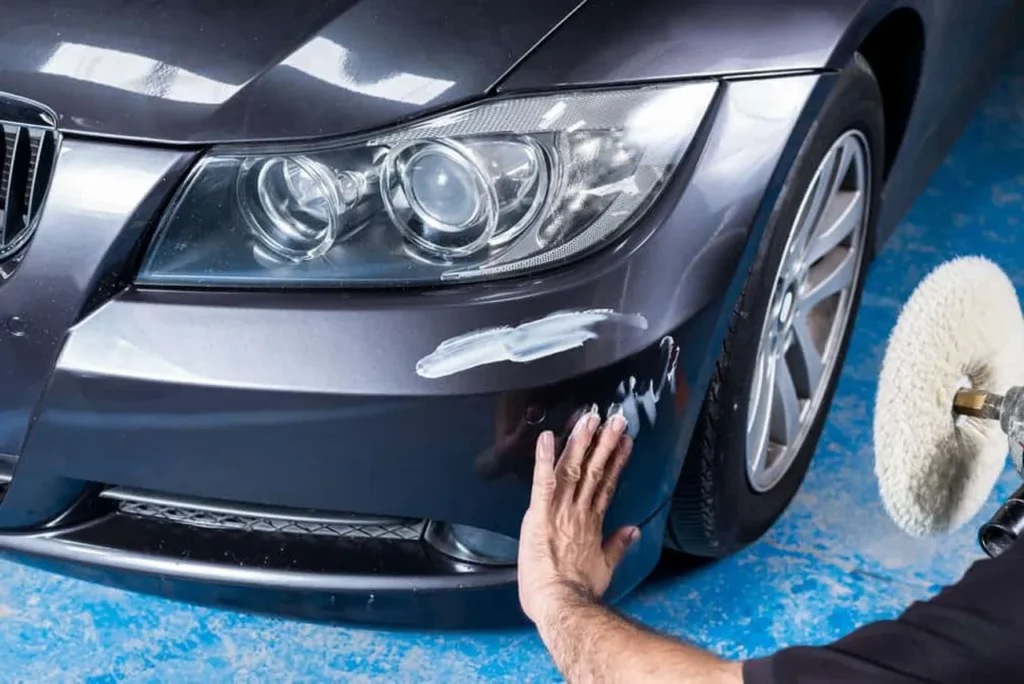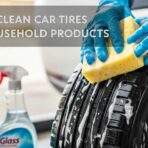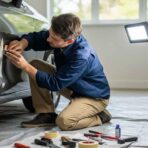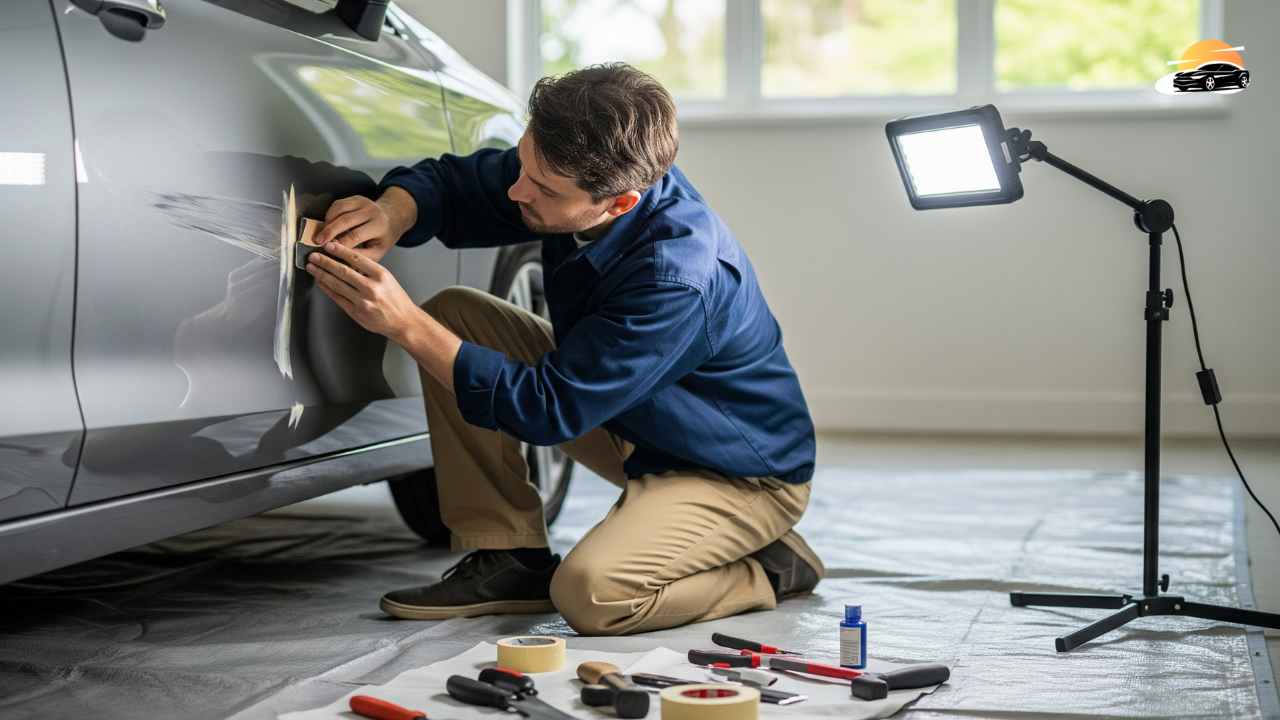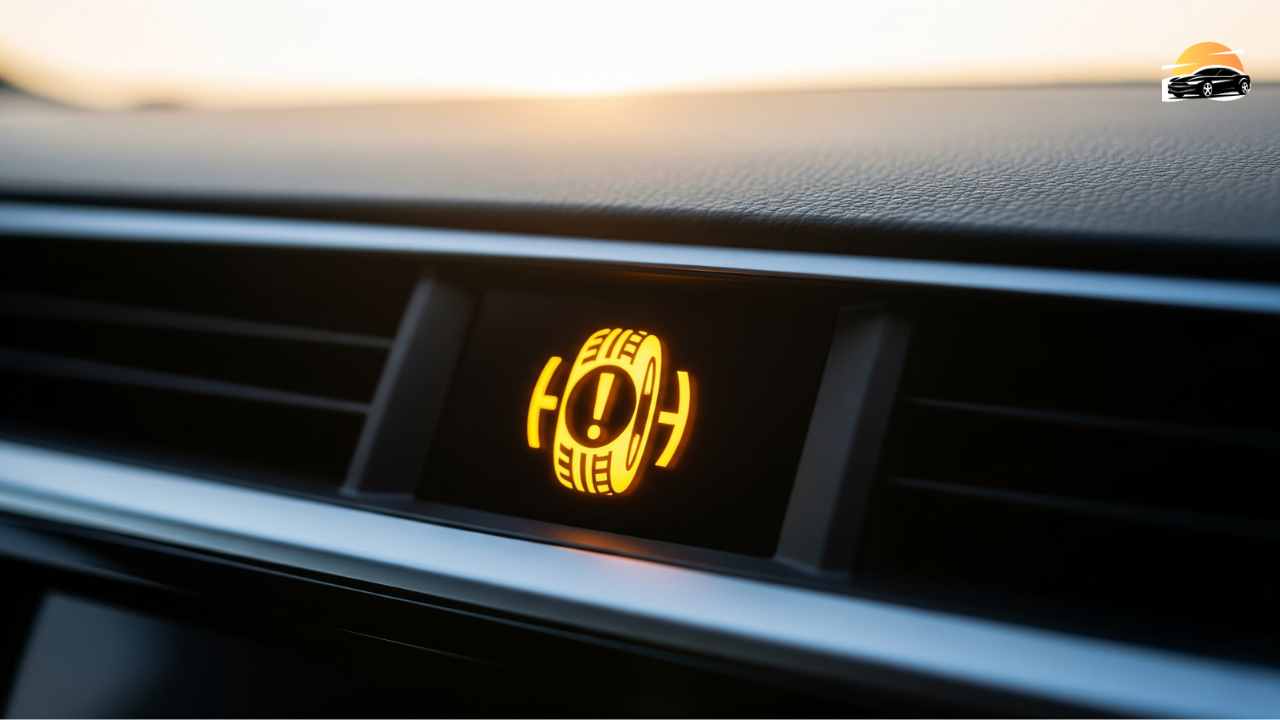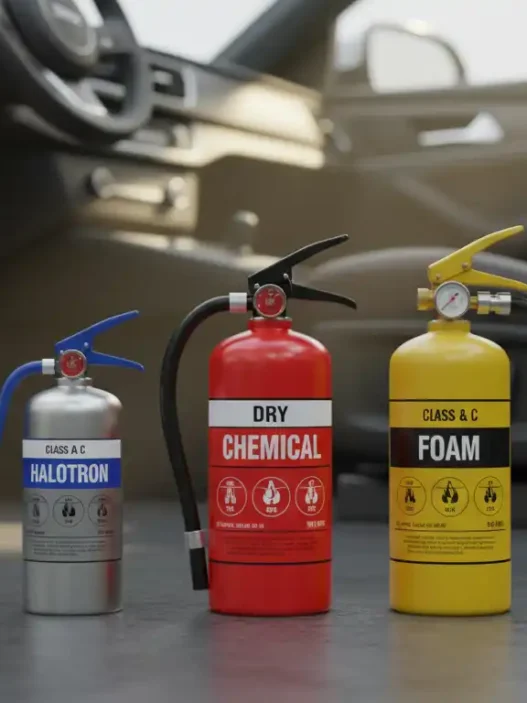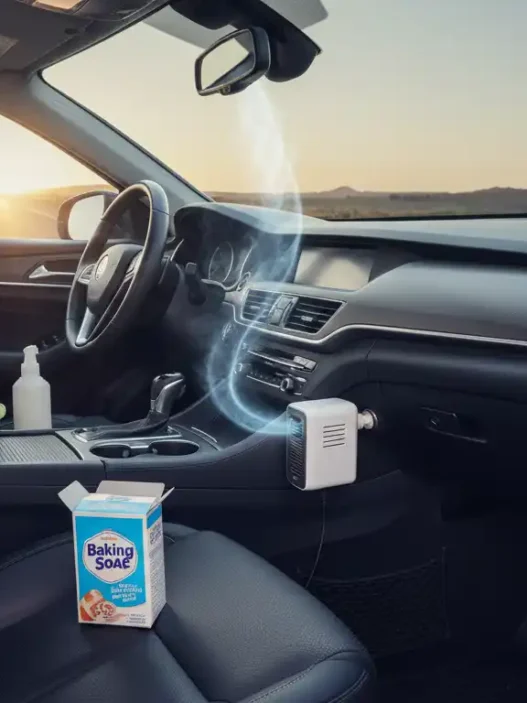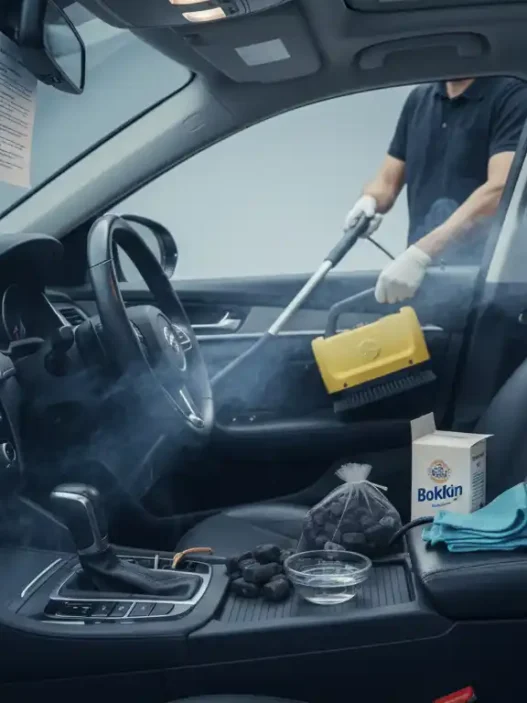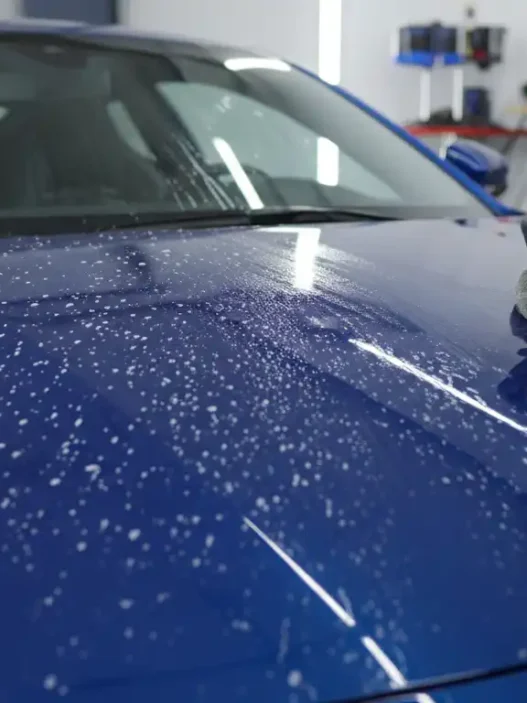Can Toothpaste Really Take Scratches Off Your Car? Meguiar’s Pushes Back as DIY Hacks Gain Steam
Last year, U.S. drivers spent an estimated $15 billion on car detailing and scratch repair, according to industry research firm IBISWorld. But a new trend threatening those dollars isn’t another big box retailer or global paint supplier, it’s a tube of toothpaste.
Viral TikTok and YouTube tutorials claim that ordinary household toothpaste can buff out small scratches from car exteriors, drawing tens of millions of views. The DIY trick has caught on so fast that even some drivers are skipping professional shops. Industry players like Meguiar’s, a century-old leader in automotive surface care, aren’t thrilled.
Here’s the rub: car owners desperate to save money might try the toothpaste hack, but if it backfires? Paint correction shops, insurance carriers, and detailing brands could all be impacted.
The Data: Toothpaste vs. Detailing Supplies
The question of whether toothpaste actually removes scratches has sparked debate. On one hand, toothpaste is technically a mild abrasive; on the other, it was never engineered for hardened automotive clear coat finishes.
According to a 2023 Consumer Reports survey, nearly 11% of vehicle owners tried DIY scratch repair with household items, citing cost concerns as the top reason.
The average professional paint correction costs $300 to $1,000, depending on severity (data: IBISWorld).
A tube of Crest or Colgate? Less than $5.
This price gap explains the virality. But Meguiar’s points out the risk. In their official detailing guide, the company explains that abrasives not designed for automotive surfaces can create micro-swirls that worsen under sunlight.
A senior detailing consultant told us bluntly: “If you’re trying to fix your hood with toothpaste, you’re gambling with your paint job.”
And yet millions still try it.
What Kind of Scratch Is Actually on Your Car?
Here’s the thing—not all scratches are created equal. That’s why one-size-fits-all “hacks” (yes, we’re looking at the toothpaste trick) don’t always play out as the internet promises. To know if a simple fix will help, you first need to know what kind of damage you’re staring at.
Think of your car’s paint like a layer cake. It’s not just one coat of shiny color—it has depth:
Clear Coat: the glossy top layer. Transparent and protective.
Color Paint: the part you notice red, black, silver, etc.
Primer: a bonding undercoat, usually gray or white.
Bare Metal: the tough steel beneath it all.
Now, let’s unpack the four main types of scratches
1. Clear Coat Scratch
These barely scratch the surface, literally. You’ll see faint marks that might catch a fingernail, but don’t dig deeper. In many cases, toothpaste can buff them down because the abrasives act a little like a polishing compound. Don’t expect showroom perfection, but you might see improvement.
2. Paint-Level Scratch
When the scratch slices into the color paint layer, it’s more obvious. If you run your nail over it, you’ll definitely feel it. Here’s the reality check: toothpaste may reduce how harsh it looks, but it won’t truly erase the mark. At best, it softens it. At worst, you’ll waste an evening rubbing Crest onto your car.
3. Primer-Layer Scratch
See another color peeking through—often white or gray beneath the main paint? That means the scratch has dug through the clear coat and color layers. Toothpaste is useless here. A repair shop or at least touch-up paint is your only real option. Otherwise, the exposed primer starts breaking down.
4. Bare Metal Scratch
If you spot shining silver steel? That’s the core body exposed. Toothpaste won’t save you, no matter what some sources say. In fact, leave it alone and you’re on the fast track to rust (aka your car’s version of getting sick). This smells like something you want handled professionally before it spreads.
The People: Experts, DIY Users, and Industry Insiders
“The toothpaste hack is just the modern version of the backyard fix,” says Eric Martinez, a veteran detailer who’s been in the business for 20 years. “People want immediate results, but they don’t think long-term. I’ve had clients come in after scrubbing their door panels with whitening gel toothpaste and wondering why the scratch looks worse.”
Notably, some big automotive retailers are seeing toothpaste sales correlate oddly with scratch repair downturns. A marketing manager at an auto chain (who requested anonymity) admitted: “We’ve seen fewer small scratch compound sales in regions where the toothpaste hack went viral on TikTok.”
Consumers, however, tell a different story. One driver in North Carolina told Forbes she tried it on her red Honda Civic: “It actually worked for the scuff on my bumper. It wasn’t perfect, but I saved a hundred bucks.”
Here’s the thing: when social platforms amplify one-off success stories, people rarely see the failed attempts.
The Fallout: Is Toothpaste Undermining the Detailing Industry?
So what’s at stake? Quite a lot, surprisingly.
Detailing revenue pressures: Smaller detailing shops rely heavily on scratch removal and paint correction. If 5-10% of customers cut these small jobs out with DIY methods, local shops could lose thousands annually.
Consumer risk: Paint chemistry has advanced. Many cars today use multi-layered clear coats that require specific polishes. Using toothpaste can thin out protective layers, leading to premature fading and costly repairs.
Product positioning: Industry leaders like Meguiar’s, 3M, and Turtle Wax are countering by marketing new budget-friendly scratch kits. Turtle Wax recently launched a $7.99 “Scratch Repair Pen” directly targeting the toothpaste crowd—cheap enough to compete, but tested for vehicles.
Bloomberg data indicates the U.S. car appearance product segment grew only 1.2% in 2023, compared to 3-4% in previous years. Some analysts quietly connect that plateau with the rise of free DIY hacks circulating online.
“This smells like disruption,” says David Lee, an automotive supply chain analyst. “Even if toothpaste doesn’t actually work, the perception that there’s a free solution depresses demand.”
Context: Why Now?
The surge of interest in toothpaste hacks isn’t random. Two major drivers:
Economic tightness: Inflation in auto insurance and repair costs means more drivers hunt for savings.
Social media virality: #CarHacks trends on TikTok have generated over 800 million views. And in the attention economy, novelty matters more than caution.
DIY content creators know toothpaste is relatable and easy to try. A detail spray bottle is a niche. A Colgate tube? Global.
Industry’s Counterpunch
Meguiar’s has started addressing the craze head-on. Rather than ignore the toothpaste myth, the company’s YouTube channel uploads educational clips debunking it. One technician calmly explains: “Yes, toothpaste is abrasive. But it’s designed for enamel, not clear coat. Use the right product, and you’ll avoid compounding damage.”
Some in the industry argue that this transparency builds credibility. Others worry it simply shines a brighter light on the toothpaste challenge.
Interestingly, Colgate-Palmolive has declined to comment directly on the viral phenomenon. While they’re happy their brand is mentioned, sources say they don’t want liability tied to cosmetic damage on vehicles. Makes sense.
The Bigger Picture: A Habit Shift?
Taking a step back, this isn’t just about toothpaste. It’s about consumer confidence in low-cost hacks over premium branded goods.
In the 1970s, do-it-yourself tune-ups threatened maintenance shops until engines grew too complex. In the 2000s, eBay parts undercut dealership service pricing. Now in the 2020s, TikTok DIY quick-fixes bite at the edges of detailing.
And here’s the kicker: if toothpaste is good enough for scuffs, what’s next? Baking soda for cleaning interiors? Olive oil for dashboard shine? (Both actually circulate online, too.)
Voices From the Field
Professional shops remain conflicted. Some adopt a “let them try” mentality, assuming customers will botch attempts and come back anyway.
“I welcome it,” laughs Amanda Ross, owner of Gloss Finish Detailing in Dallas. “Every time a customer tries toothpaste, they make the scratch three times worse, then I charge them double to fix it. It’s job security.”
Others see real risk. Smaller-volume operators worry that losing $100 here and $200 there adds up fast, especially when customers ignore upsell opportunities like waxing or ceramic coatings.
Meanwhile, content creators lean into the controversy. As one TikToker commented under a viral toothpaste hack video: “Does it work? Half the people say yes, half say no. But I got 2.3M views, so who cares?”
Investor Angle
While toothpaste won’t topple the detailing industry, it does highlight vulnerabilities. Private equity has poured money into big brands like Chemical Guys, betting on a growing car-care boom. But ongoing consumer shifts toward free home remedies blunt confidence.
One hedge fund analyst framed it this way: “If drivers start to perceive dent and scratch care as optional, the whole market—insurance, aftermarket parts, service shops—feels it. The toothpaste thing is quirky, but it signals changing consumer psychology.”
Car care is about perceived value as much as real effectiveness. If mainstream drivers start questioning that value, investor enthusiasm could cool.
Closing Thought
For now, toothpaste remains a quirky hack, the kind your uncle swears by but your detailer warns against. Still, the tension highlights something bigger: branding power in the age of TikTok is only as strong as the next viral alternative.
So, will Meguiar’s and others reframe their value enough to keep toothpaste in the bathroom cabinet, not the garage? Or will the next DIY craze chip away at yet another trusted segment of the car-care economy?


